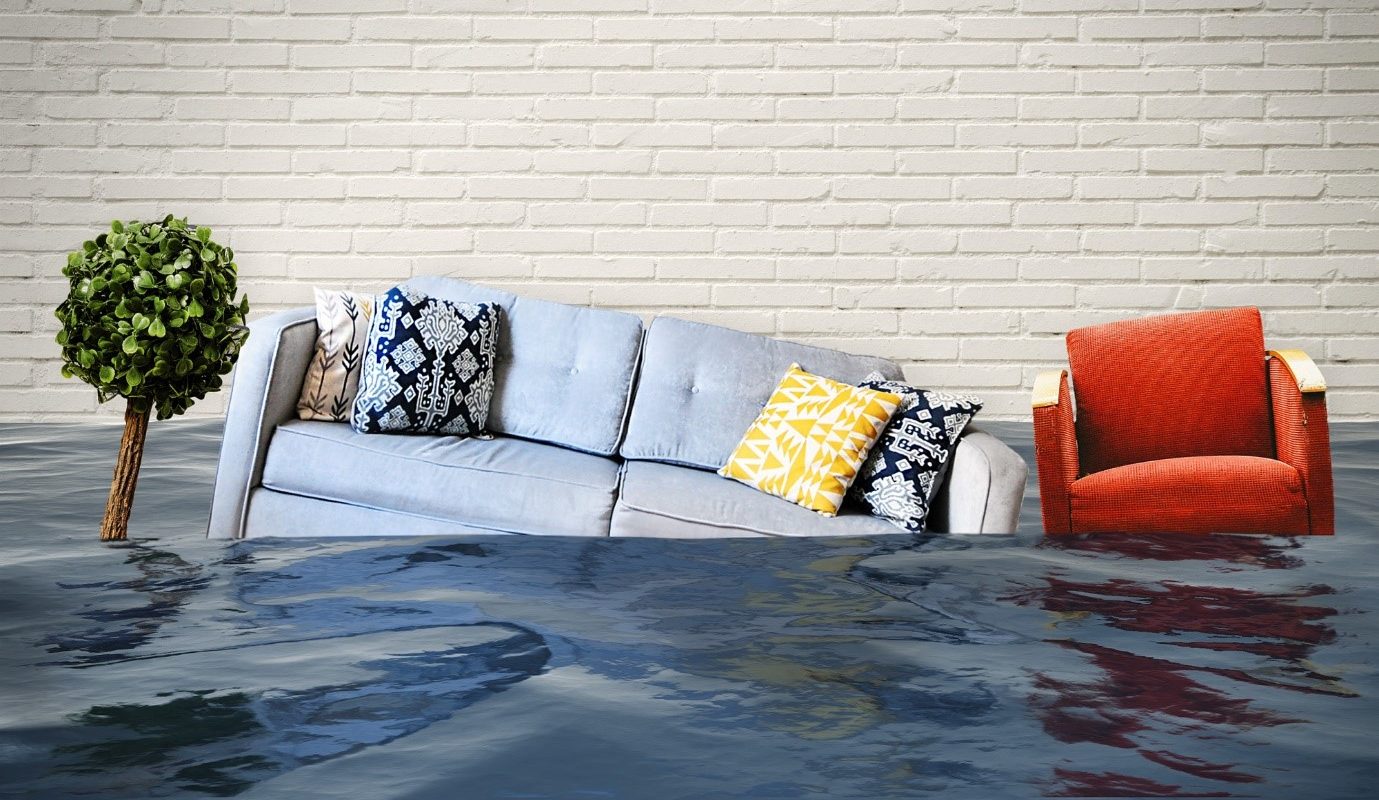Floods cause extensive damage to properties and financial strain for individuals and businesses. From 1980 to 2022, inland flooding resulted in $177.9 billion dollars worth of damage in the United States!
Because floods can cause so much devastation, FEMA established the National Flood Insurance Program (NFIP) in 1968. NFIP flood insurance provides an alternative to private flood insurance coverage.
Its primary goal is to provide affordable flood insurance to property owners in flood-prone areas. The NFIP also encourages communities to adopt floodplain management measures. By offering flood insurance, NFIP aims to ease the burden on individuals and businesses affected by flooding.
Understanding the cost of NFIP flood insurance is vital for property owners. Whether residential or commercial, they must protect their assets and make informed decisions.
This article explains NFIP flood insurance in greater detail, with a special interest in the cost of NFIP policies. If you’d like to learn more, keep reading!
Factors Influencing NFIP Flood Insurance Cost
The cost of NFIP flood insurance depends on various factors that assess the level of flood risk associated with a property. It’s essential to note that these factors interact with each other. Thus, the specific pricing for NFIP flood insurance is different for every homeowner.
Type of Property
The type of property is an important factor in determining the cost of NFIP flood insurance.
Commercial properties often have higher coverage limits. This is due to the potentially larger value of business assets and investments at risk. Thus, they tend to pay more for NFIP insurance than homeowners in similar areas.
For more information on commercial flooding, check out this commercial flood insurance guide.
Geographical Location
The geographical location of the property plays a significant role in determining the cost of flood insurance. Properties located in regions with a history of flooding may have higher premiums.
You are more susceptible to flooding if your property is near:
- Rivers
- Lakes
- Coastal areas
- Low-lying regions
As a result, you may have increased insurance costs.
Flood Risk Level
The flood risk level of a property depends on flood zone maps and other data. FEMA classifies flood zones into different categories. They range from high-risk zones to moderate- to low-risk zones.
Properties located in high-risk flood zones have higher insurance premiums.
Coverage Limits
The coverage limits chosen by the policyholder also affect the cost of NFIP flood insurance. NFIP policies typically offer coverage limits of up to $250,000 for residential buildings and $100,000 for personal belongings.
Commercial flood insurance policies often have higher limits to ensure adequate protection. This is to protect the higher value of business assets and investments.
Deductibles
The deductible is the amount that the policyholder pays before the flood insurance coverage kicks in. Higher deductibles result in lower premiums. Meanwhile, lower deductibles may lead to higher premiums.
Policyholders can choose the deductible amount that aligns with their risk tolerance and budget.
Additional Factors
Other factors may also influence the cost of NFIP flood insurance. These include the:
- Property age
- Construction type
- Presence of a basement
- Elevation of the lowest floor relative to the Base Flood Elevation (BFE)
Older properties or those with features that increase the risk of flooding may have higher premiums.
Is NFIP Flood Insurance Right for You?
Determining whether private or NFIP flood insurance is better depends on various factors. Your individual circumstances also play a huge role. Both options have advantages, so it’s important to evaluate them based on specific needs and preferences.
Here are some key points to consider when comparing private flood insurance and NFIP flood insurance:
Private Flood Insurance
Private flood insurance policies often offer more flexibility in terms of coverage options and limits. They may provide additional coverage for items such as:
- Basements
- Detached structures
- Landscaping
- Business interruption
This may not be available under NFIP policies. And if so, it may be limited.
Private insurers may also offer tailored policies to meet specific needs. They can assess properties and give coverage solutions based on factors such as flood risk, property type, and location.
Some private insurers provide additional services such as:
- Risk assessment
- Floodplain management assistance
- Claims handling
All of these amount to a more comprehensive and personalized experience.
Moreover, private insurers typically offer higher coverage limits compared to NFIP policies. This can be beneficial for properties with high-value assets, commercial properties, or those located in flood-risk areas.
NFIP Flood Insurance
NFIP flood insurance is often considered more affordable. This is especially true for properties located in moderate- to low-risk flood zones. Premium rates for NFIP policies are set by the government and are generally consistent across providers.
Moreover, the federal government backs NFIP policies. This provides a level of financial security and stability in the event of widespread flood events or catastrophic losses.
NFIP flood insurance may be required for some properties. This may be the case if you live in high-risk flood zones and have a federally regulated mortgage. This requirement ensures that property owners in those areas have the necessary coverage to protect against flood-related risks.
Ultimately, the choice between private flood insurance and NFIP flood insurance depends on factors such as:
- Coverage needs
- Property location
- Risk profile
- Budget
- Personal preferences
Consult with insurance professionals so you can compare policy options. Then, review the benefits, coverage terms, and pricing structures of both private and NFIP flood insurance. Doing so will help you make an informed decision based on individual circumstances.
Rain or Shine, Gain Peace of Mind!
NFIP flood insurance offers affordable coverage for both residential and commercial properties. It’s true that determining the cost can be tricky depending on your home’s risk factor and value. Yet, you can make a more informed decision after reading this post.
We recommend enlisting the help of a professional before obtaining a policy so you can ensure you get plenty of coverage. Doing so will give you the peace of mind you need, no matter the weather!
If you’re a property owner, check out more great posts on our website related to home improvement and finance!



